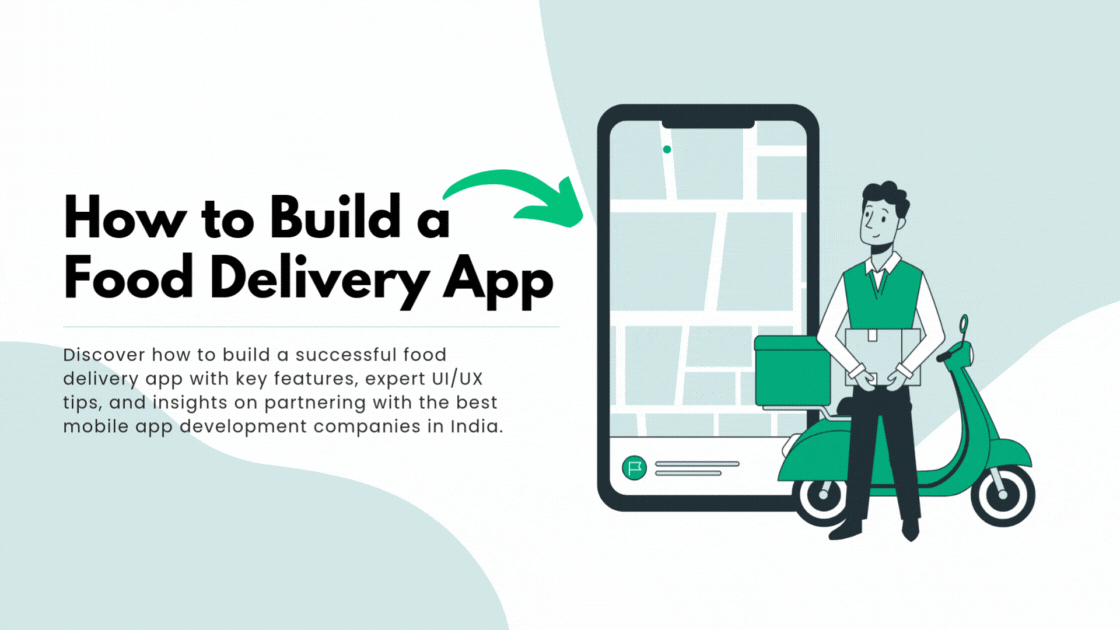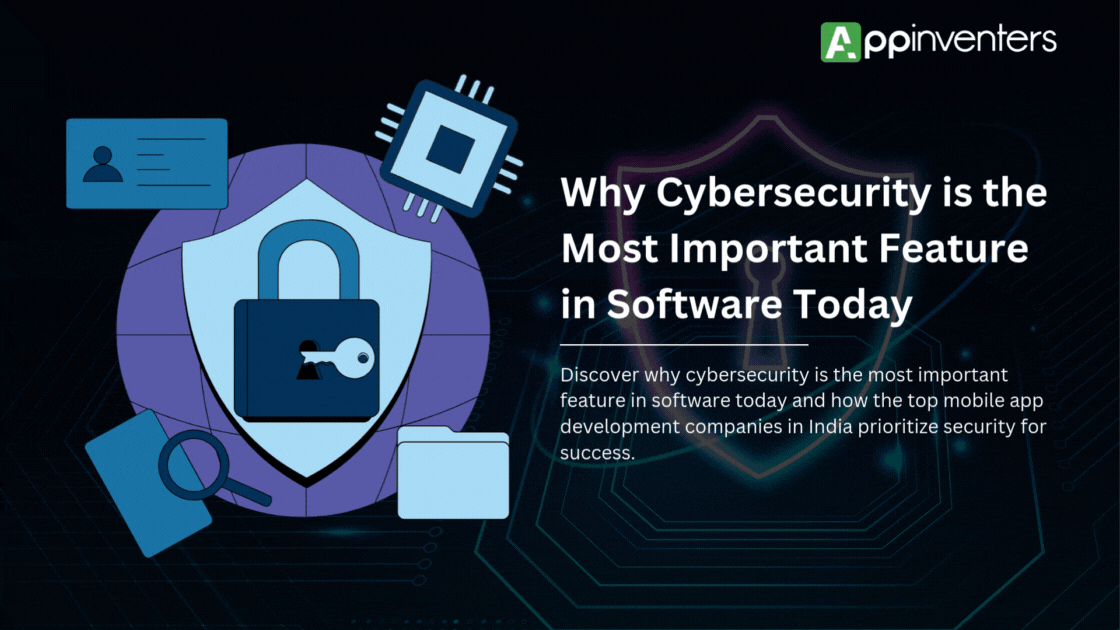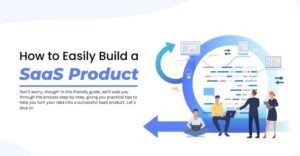The demand for food delivery apps has skyrocketed in recent years, driven by the growing desire for convenience and efficiency. While global giants like UberEats and GrubHub dominate the food delivery space, there’s still significant opportunity for smaller, niche food delivery services. These apps can focus on specific cuisines, eco-friendly delivery, or local restaurants.
If you’re wondering how to build a food delivery app, this guide will walk you through the essential steps, from identifying your niche to selecting the right tech stack and choosing the Best Mobile App Development Company In India. By the end of this article, you’ll be better equipped to create an app that meets users’ needs and thrives in a competitive marketplace.
1. Understand the Market
Before diving into development, take the time to research and understand the food delivery market:
Identify Your Niche: Are you catering to a specific cuisine (e.g., vegan, organic, or ethnic)? Maybe your focus is on local, small-scale restaurants, or eco-friendly deliveries?
Know Your Audience: Who are your customers? Busy professionals, students, or families? Knowing who you’re targeting will help design your app’s features, interface, and marketing strategies.
2. Essential Features of a Food Delivery App
A food delivery app is usually divided into three parts: customer, restaurant, and delivery personnel. Each user needs a different set of features.
For Customers:-
Easy Registration: Allow customers to sign up through social media or email.
Restaurant Search & Filters: Users should be able to search for restaurants by cuisine, location, price range, and customer ratings.
Real-time Order Tracking: Provide updates from when the order is placed until it’s delivered.
Secure Payment Options: Support multiple payment methods like cards, digital wallets, or cash on delivery.
Reviews & Ratings: Let customers leave feedback on their orders and delivery experience.
For Restaurants:-
Menu Management: Restaurants should easily update their menu items with descriptions, prices, and images.
Order Management: Instant notifications when a new order is placed.
Payment Processing: Restaurants need a system to track payments and manage transactions.
Analytics: Provide insights into their sales, most popular items, and customer preferences.
For Delivery Personnel:-
Order Notifications: Instant alerts for new delivery requests.
GPS Navigation: Provide real-time directions to the restaurant and customer’s location.
Earnings Tracking: Delivery personnel should be able to view their daily earnings and tips.
3. UI/UX Design
User experience is a crucial factor in the success of your app. Design an interface that is not only aesthetically pleasing but also easy to navigate:
Simple and Clean Layout: Avoid clutter. The user should be able to find what they need—whether it’s browsing menus or placing an order—in just a few clicks.
Consistency: Ensure the design is consistent across all platforms, whether it’s iOS, Android, or a web interface.
High-Quality Visuals: Use enticing images of food to encourage users to place orders. People eat with their eyes first!
4. Choosing the Right Technology Stack
Your tech stack will determine how well your app performs and scales. Here’s a basic breakdown:
Frontend Development:
iOS: Swift or Objective-C
Android: Kotlin or Java
Web: React, Angular, or Vue.js for responsive and fast web apps
Backend Development:
Server: Node.js, Django, or Ruby on Rails for handling business logic and data processing.
Database: MongoDB, PostgreSQL, or MySQL to store user data, orders, and restaurant info.
APIs: RESTful or GraphQL APIs for communication between the frontend and backend.
Other Essential Integrations:
Payment Gateways: Integrate with popular options like Stripe, PayPal, or local payment systems.
Real-time Notifications: Use Firebase or Twilio to send push notifications for orders and updates.
Map & GPS: Google Maps API for delivery route optimization and real-time tracking.
5. Third-Party Integrations
To make your app efficient and feature-rich, integrating third-party services is key:
Map and Navigation: Google Maps or Mapbox for real-time tracking and route optimization.
Payment Systems: Stripe, PayPal, or Braintree for secure and smooth payment processing.
SMS and Push Notifications: Integrate services like Twilio or Firebase for instant order updates.
6. Testing and Quality Assurance
Before launching, ensure your app is fully functional and free of bugs. Testing should cover:
Performance Testing: Can your app handle a surge in users, especially during peak hours?
Usability Testing: Is the interface easy for users to understand and navigate?
Security Testing: Protect user data, particularly payment and personal information.
7. Launching and Marketing Your App
Once your app is tested and ready, it’s time to launch! Here’s how to ensure your launch is successful:
App Store Launch: Make your app available on both Google Play and the Apple App Store. Follow the guidelines to ensure approval.
Social Media and Influencer Marketing: Promote your app through social media platforms and partner with food bloggers or influencers to create buzz.
Offer Promotions: At launch, consider offering discounts, free delivery, or other incentives to attract new users.
8. Post-launch and Scaling
After your launch, the work doesn’t stop. To keep your app competitive, you’ll need to focus on continuous improvement:
Monitor User Behavior: Use analytics to track how users interact with your app. Adjust features based on feedback and data.
Expand to New Markets: Once your app is stable in one market, consider expanding to new areas or adding new types of cuisine.
Advanced Features: Over time, introduce new features like loyalty programs, AI-based food recommendations, or voice-activated ordering.
Conclusion
Building a food delivery app is both exciting and challenging. By focusing on user-friendly design, essential features, and a solid technical foundation, you can create an app that not only meets your users’ needs but also thrives in a competitive market. Start small, gather feedback, and improve continuously. With the right strategy, your app can be the next big success in the food delivery industry.













